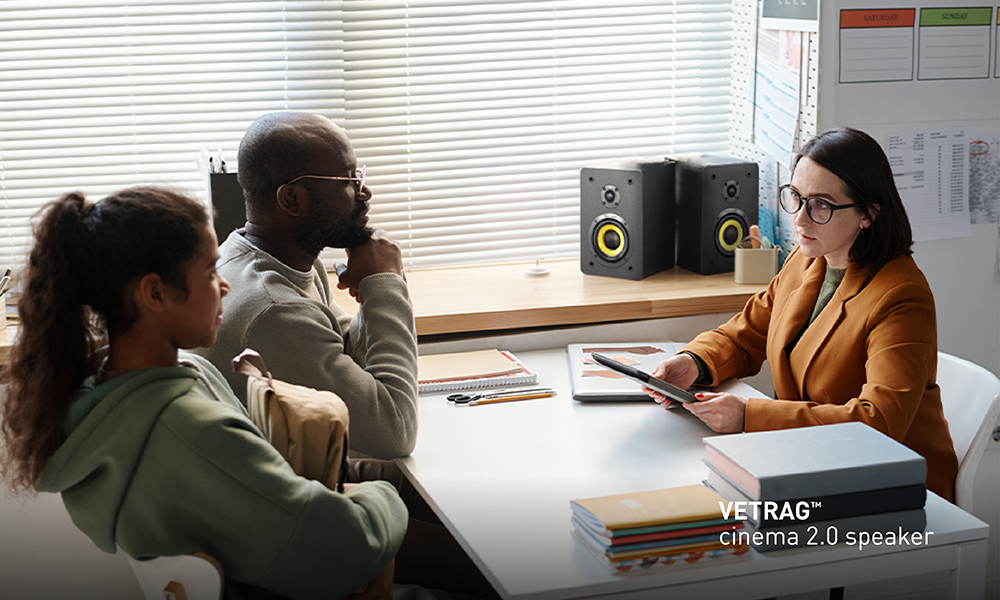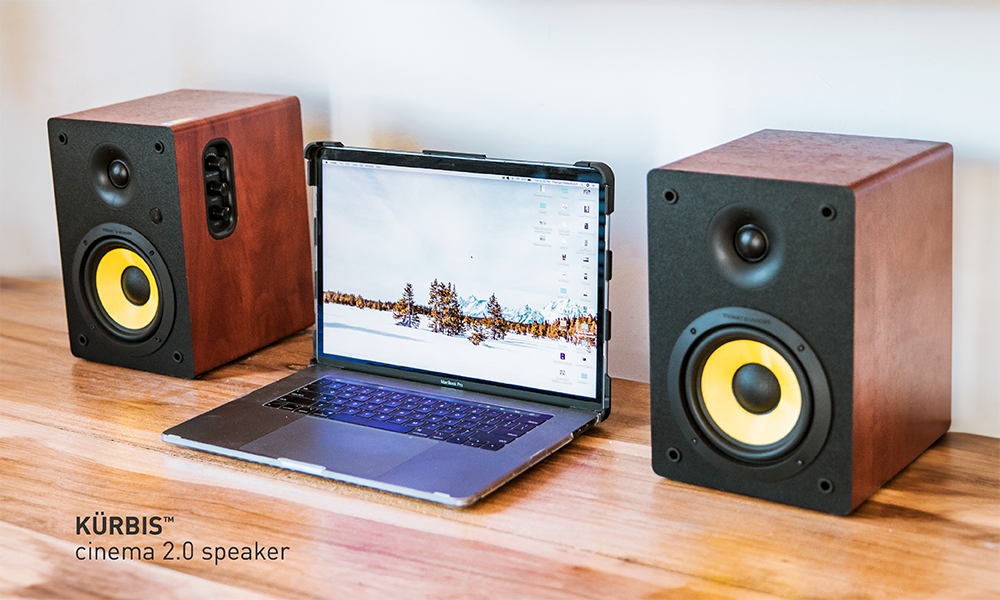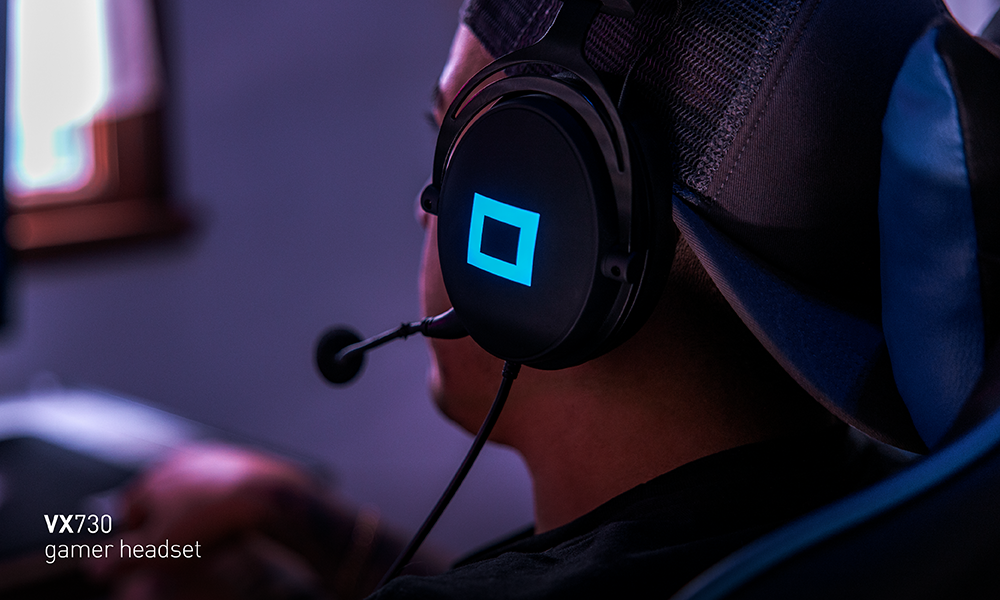Dyslexia is a learning disorder that makes reading and writing difficult, but does not imply difficulty when assimilating content. It has its origin in a neurological alteration, occurring in an evolutionary or acquired way.
The first origin occurs due to a deficiency in maturation or some delay in the neuronal development of the individual. It generally has a large hereditary component that varies between fifty and seventy percent. The second origin occurs due to a brain injury that inactivates or alters some neurological “pathway.”
Both origins affect the brain areas that allow phonic and visual analysis, causing the individual to be unable to relate the different sounds with the letters of the alphabet and recognize how all of them together form words. This impossibility of relationship complicates various aspects of an individual's writing and reading; For example, it causes problems when it comes to correctly structuring sentences or constructing words correctly.
Despite these difficulties, dyslexic patients, as explained by the Australian Dyslexia Association (ASA), manage to hide their comprehension problem through a high level of language, which allows them to understand words through the context in which they are used and also by the mental record they make about their composition. The real obstacle appears when single words are presented, without a context, and unknown to the individual, since they do not have any tools to help them. The association also explains that, as it is a neurological disorder, there is no existing cure, but that with the appropriate learning techniques, most patients can lead a normal life.
One of these techniques is music therapy, which is a therapeutic discipline that uses music, as well as rhythm and harmony. Various aspects of an individual are worked on and help them improve their quality of life.
Music stimulates the creative, cognitive, and intellectual development of humans (especially children) and is one of the few activities that influence both hemispheres of the brain at the same time. This causes, for example, individuals who study music continuously from a very early age to develop a higher IQ than people who did not study any instrument.
With the right type of music and exercises, various specific areas of the brain can be improved and stimulated, depending on the difficulties that the person presents. In the case of patients with dyslexia, one of the axes of work is rhythm, since this occurs in both speech and music. When an individual speaks, they alternate between stressed and unstressed syllables, which generate a rhythmic pattern and a fluctuation of energy used in speech. Due to the neurological origin of this learning disorder, which also affects the phonological region, dyslexic individuals encounter difficulties when trying to detect these fluctuations and also when trying to follow their rhythm. This then translates into problems they present when trying to form the sound structure of words and also when reading any text. The use of specific exercises and music not only helps to perfect the rhythm and improve the detection of these tonal variations, but also benefits learning to read and its comprehension.
The Center for Neurosciences in Education at the University of Cambridge presented research in relation to activities that could be used to progress in several areas in which dyslexics have difficulties. Its fundamental objective is for the patient to generate phonological awareness of words through repetitions and simple, but effective exercises. Improving this awareness helps the patient find and decipher the meaning of the sounds of oral language in relation to written language. For example, learning easy songs to introduce new vocabulary or separating long words into syllables and clapping for each one. They also present the possibility of using elements, such as drums or maracas, to accompany learning.
Most research on the effectiveness of music in dyslexic patients is carried out with activities similar to those mentioned above, with a small number of individuals. This group receives certain musical exercises for a certain amount of time and at the end an exam is taken to see their progress. The Cognitive Neurosciences Laboratory of the French National Research Center carried out one of these studies and excellent results were obtained. A group of dyslexic children was divided into two and they were presented with the same exercises. However, the first received eighteen hours of exercise over three consecutive days and the second received the same number of hours, but divided over the course of six weeks. Although both dyslexic study groups improved their phonological perception in relation to components of speech and reading-comprehension, the second group also improved auditory attention and the differentiation and repetition of similar words. Furthermore, these advances were maintained over time after six weeks without exercise. These results not only reinforce the positive role that music has in dyslexic patients, but also demonstrate that constant exercise over an extended period provides better results than a short but intense period.
Another research was carried out jointly by a group of Italian researchers, seeking to demonstrate that the individual's improvement in their rhythmic and temporal skills was reflected in the development of phonological awareness and reading comprehension. To carry it out, they chose a small group of dyslexic children and, unlike the previous one, they all performed the same exercises in the same period of time. The study consisted of an initial test, then training with musical exercises and finally a re-testing of knowledge. When comparing both tests, it was shown that all individuals had improved in several areas. The greatest development was in reading, understanding and textual analysis of words in their context and also individually. On the other hand, progress was also demonstrated in phonological attention and repetition of rhythms. As in the previous study, the positive influence of music on patients with dyslexia was demonstrated.
Summary:
Dyslexia is a learning disorder that affects writing and reading due to a neurological disorder. Because there is no existing cure, there are various learning techniques that can help patients. One is music therapy, which uses music to work on various aspects of the individual. The objective is that the exercises and games generate phonological awareness of these words through repetitions and rhythm.





